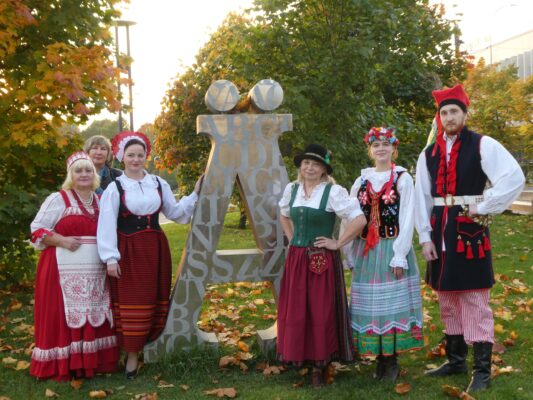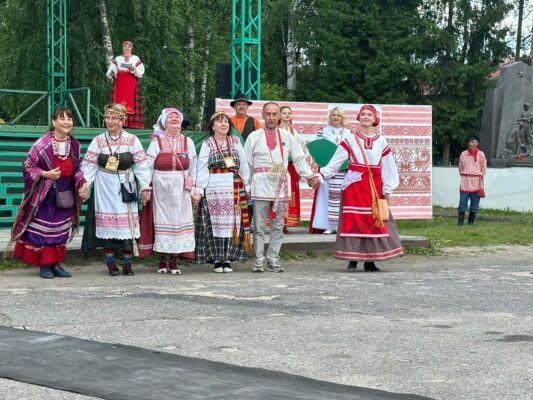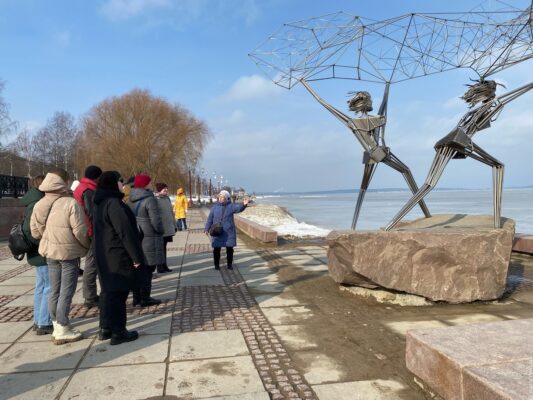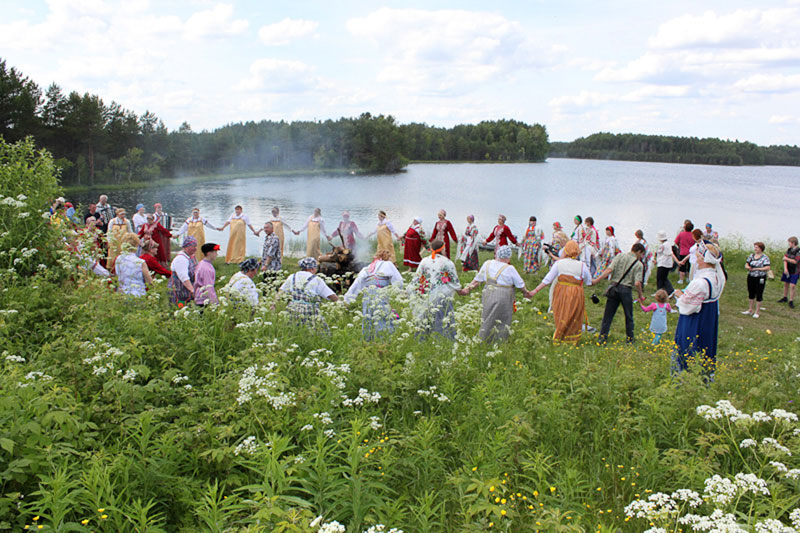
Veps
Names
Veps (also Vepsians) call themselves vepslaine, bepslaane, lüdilaine. Their language is called vepsän kel’, vepsän keli, also lüdikel. The latter may be derived from the Russian word lyudi (‘people’). Russians refer to the Veps as Chuds. The name Chud may originate from the Saami language, where the word čuđđe signified a strange and hostile people.

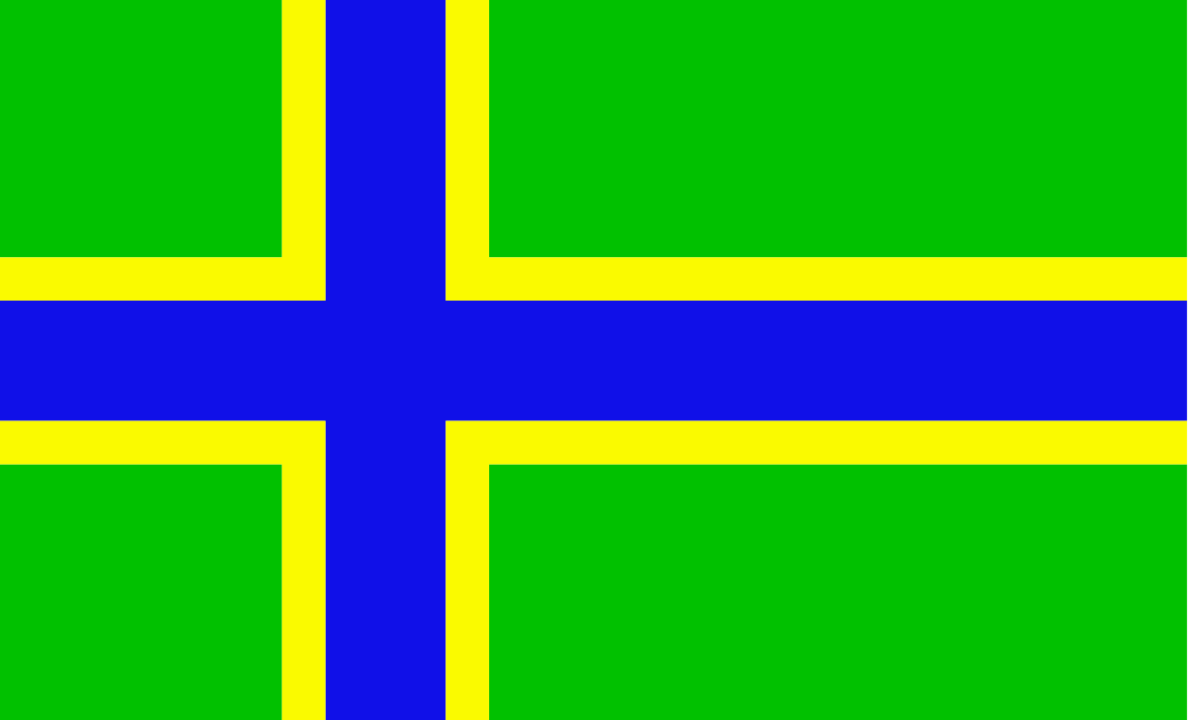
Territory
The ancient territory of the Veps is much larger than that of today. It comprised the area between Lake Ladoga, Lake Onega and Lake Beloye. The dispersed settlement of the Veps extended to the Northern Dvina River and the White Sea in the east. These days, the Veps live in small groups in two separate areas: on the southwestern coast of Lake Onega and in the Veps Upland.
The Veps live in the Republic of Karelia and in Vologda and Leningrad Oblasts, where Veps village groups are situated. Usually a group of villages (Veps: külä) has a name of Veps origin while a smaller village within it (Veps: deroun) is often of Russian origin. Frequently Veps villages have three names: Veps, Russian in the local colloquial language, and the official name in Russian.
Population
In the 1940s, the Veps population was 30,000 – 40,000, while in 1989 it had declined to 12,501. According to the last census from 2010, there were 5,936 Veps, a 28% decline from 2002 when their number was 8,240. There were 3,613 speakers of the Veps language in 2010, a 37.2% decline from 2002 (5,753 speakers). Today, many Veps villages have been either Russified or abandoned.
Language
The Veps language belongs to the northern group of Finnic languages alongside Finnish, Karelian and Izhorian languages. Veps has been called the Sanskrit of the Finnic languages due to its archaic nature – for instance, there is no consonant gradation as a result of which the language is very rule-based.
History
The Veps (vas, vasina) have been first mentioned in the chronicle De origine actibusque Getarum (“On the Origin and Deeds of the Getae”), commonly known as Getica, completed by the Gothic scholar Jordanes in 551 AD. Back then, the main livelihoods of the Veps were slash-and-burn agriculture, cattle herding and hunting. The Veps tribe from Lake Beloye (ves’) participated in the establishment and expansion of the Novgorod Republic. Between 10th-11th centuries AD, the Veps exported furs via the Eastern route of the Vikings to Volga Bulgaria. At the same time, the Veps migrated to Eastern Karelia. In 1879, there were 25,600 Veps, of whom 7,300 lived on the coast of Lake Onega.
Modern Times
In the Republic of Karelia, the Veps have been recognised as one of Karelia’s three main ethnic groups. In January 1994, a Veps ethnic municipality was established in the Republic of Karelia, in traditional Veps territory on the western coast of Lake Onega. In 2002, its population was 3,493, of which 1,202 were Veps. In 2006, as a result of an administrative reform, the ethnic municipality was divided into 3 village settlements as part of the Onega Coast region.
The Veps Cultural Society was formed in 1989, and since 1990 the Veps language has been taught at Petrozavodsk State University. A Finno-Ugric school is operating with lessons for Veps, Karelian and Finnish children.
Further references
Article in The Red Book of the Peoples of the Russian Empire.
